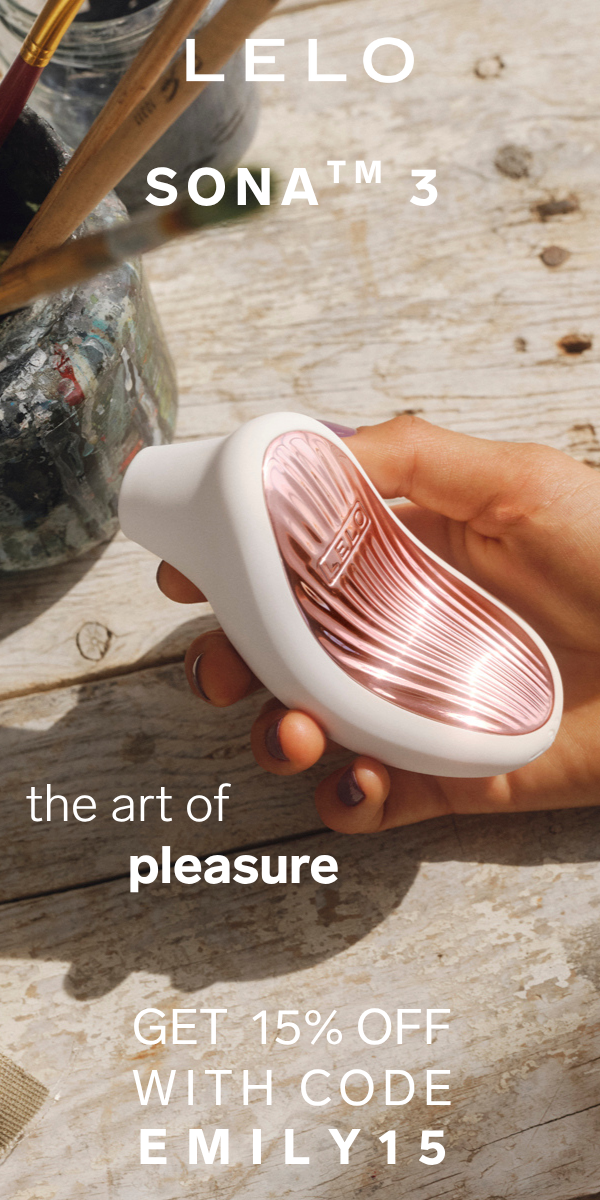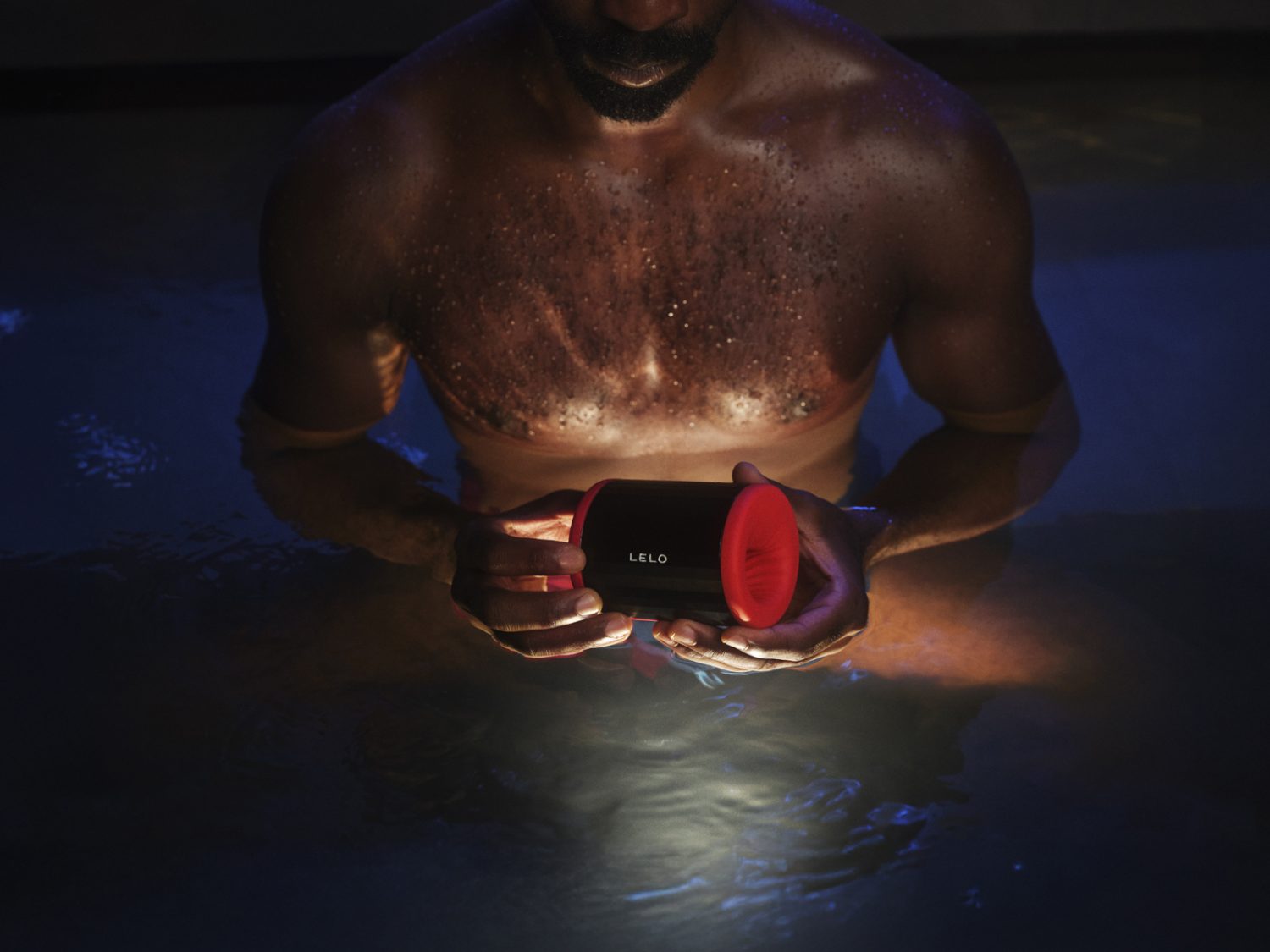So you want to have sex, but you don’t want to get pregnant. How can you be sure to do one and not the other? Most of us know about the existence of birth control methods, but times have changed, access to information varies, and everyone could use a refresher now and then!
Whether you’re about to get a prescription for the first time, or have been playing the contraception game for years, there’s a lot to keep in mind when trying to figure out which form does the trick for you.
Let’s cover all the bases for navigating the great, wide world of birth control. We’ll take a look at some of the different types, side effects, plus how to get a prescription in the first place. So grab a pen and take some notes because, as we all know, the struggle has never been more real.
Hormonal Birth Control Methods
If your first thought is to use condoms, good on you! Condoms are a tried and true prophylactic-type of birth control. But if your sexual situation begs for a different method, or an added line of defense, there are a myriad of options out there to choose from. Let’s take a look at some hormonal birth control methods.
The Pill
Perhaps the most common form of BC around, “the pill” has been a favored option of hormonal birth control for decades. Depending on the brand, it contains a small amount of hormones. These hormones are either a combination of estrogen and progestin, or progestin alone that get released into the body to stop ovulation. As a result, sperm are prevented from being able to hook up with an egg, plus it thickens the cervical mucus so that the sperm can’t “get through” as easily. When taken correctly (i.e. every single day at or around the same time), it can be up to 99.9% effective.
A lot of pill packs are engineered so that you take three weeks of active pills followed by one week of placebos in order to still have a monthly period. However, others offer the chance to only bleed once every three months, or even skip menstruation altogether.
As you’ll see, a major theme when it comes to birth control is that you truly have to find what works best for you. So for those who tend to be a little forgetful, that probably means something you don’t have to remember to take each day…
The Patch & The Ring
Just like the pill, the birth control patch and ring are two other options that release hormones to stop ovulation. When wearing a patch, the hormones are delivered through the skin. When inserting the small, flexible ring into the vagina, it goes straight into your reproductive system.
These two methods are a little less high maintenance than diligently taking a pill each day. But it’s still super important to replace them consistently and correctly to ensure they do their job. In a lot of cases, this means weekly for the patch and monthly for the ring, but as always, refer to your doctor for specific instructions.
Low Maintenance & Low/No Hormone BC Methods
Maybe remembering to take a pill or switch out a ring isn’t your cup of tea. Lucky for you, there are several birth control methods that are considerably lower maintenance. You can effectively set it and forget it!
The Shot
Depo-Provera is an injectable birth control method, A.K.A. the shot. Yet another effective, safe, reversible and middle-maintenance solution, the birth control shot contains an injectable form of just progestin that’s used to stop ovulation.
When going this route, it’s vital to stick to a strict 12-week schedule in order for it to work correctly. One thing that makes this method different from other methods of birth control is that it can take several months to get pregnant once you stop getting the shot.
The Implant
Another super low-maintenance option is the implant! The implant is a small, super thin rod that’s medically inserted into your upper arm. The insertion is a minor surgical procedure that requires a local anesthetic and small incision.
The implant is about the size of a matchstick and releases the aforementioned hormones straight into the body. It can last anywhere from three to five years, so is also considered as a highly effective, long-acting solution that can be easily reversed whenever/if ever desired.
The IUD
One increasingly popular birth control method is the IUD, intra-uterine device. Getting this tiny T-shaped device inserted into your uterus can provide pregnancy protection for anywhere from three to 12 years. Now that’s convenient! Although, if you do decide you want to get pregnant later on, it can easily be removed without any impact on your fertility.
When it comes to IUDs, there are two main types: hormonal and copper. Hormonal versions work the same as the pill, patch and ring, whereas the copper (as you can guess) serves as a hormone-free solution. As it turns out, sperm aren’t big fans of copper, so IUDs made out of it prevent them from moseying on over to eggs for fertilization.
There are several differences between hormonal and copper IUDs. So when deciding, you definitely want to do your research and figure out what fits your needs best.
What’s the deal with the side-effects?
Like any medication, side effects are always a possible part of the equation. The usual suspects include nausea, mood swings, breast tenderness and spotting. However, what some don’t always realize is the timing/heaviness of your period and changes in libido can totally happen too.
That said, repeat after me: you do not have to accept and live with horrible side effects!
When it comes to birth control, be open and honest with your doctor. From your initial consultation to check-ups and follow-up conversations. Telling them what you’re experiencing is the only way they can find an option that works with your body. Everyone’s biology is different and hormones affect us all differently.
Sometimes there are initial effects that go away as your body adjusts, and other times…they don’t. So be candid with your medical provider, rather than just assume feeling like a crazed, hormonal, pleasure-stifled monster 24/7 has to be the new normal.
How to Get It
As of now, you have to have a prescription in order to receive hormonal birth control. The good news is there have never been more available ways to go about it!
You can get a script written from your regular doctor (or a Planned Parenthood clinic). For those without a primary care physician or insurance, there are several other incredibly convenient alternatives:
If you’ve spent a minute on social media, then you’ve probably seen ads for app-based birth control prescription services like Nurx and Lemonaid Health. All you have to do is fill out a simple health questionnaire in order to get set up with a doctor online. They can answer all of your questions and get a script in your hands in no time.
If you’re not the biggest fan of tele-doc services, then it’s worth checking out what your state’s laws are on pharmacy prescription services. In certain places it’s permitted for pharmacists to write birth control prescriptions as well. After reviewing your health history and a blood pressure check, they can help you figure out whatever option is best. In most cases, you can walk out of the door with the pill/patch/ring in hand. Or else they can refer you to a medical provider if you decide to go with an IUD or implant.
Still Staying Safe
For as great as birth control is, remember that it doesn’t protect against STDs and STIs. Be sure to stay smart and safe out there by still using condoms and getting tested regularly.
* * *
Just like everyone’s sexual journey, everyone’s bodies are different, too. Sometimes, the first method you try is perfect. For others, it’s a trial and error process that requires equal parts time and patience. But once you find one that agrees with your mind and body, the peace of mind is worth the wait. So stay strong, know your options, and don’t give up! There’s a healthy, thriving sex life that’s waiting for you on the other side.
–
Alex Anderson is an LA-based lifestyle designer proactively raging against the cultural grain. By day she works in television production, and by night enjoys writing, sewing and seeking guidance from the stars. She also finally has an all black kitty named “Cher.” You can follow her alt-lifestyle blog MSFT Living and on Instagram!











